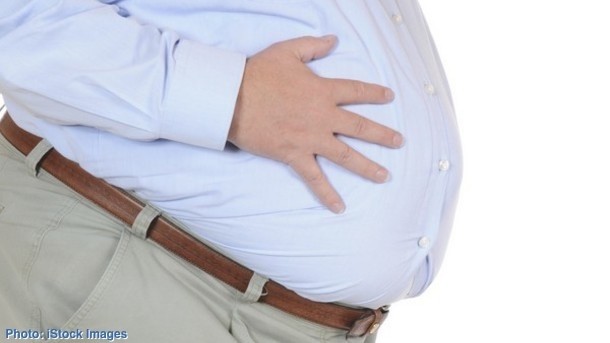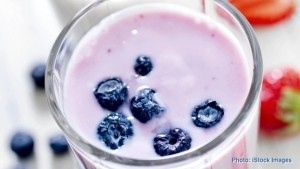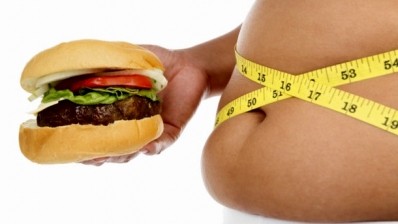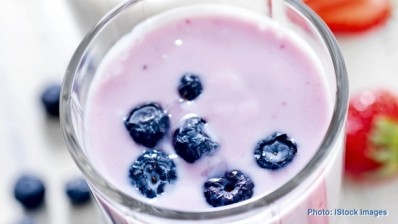China direct
One-third of China’s elderly are obese, yet malnutrition still a worry

The research, conducted by the China Development Research Foundation, which surveyed 3,885 elderly, found that 31.8% were overweight and 11.4% qualified as obese.
Yet the rate of malnutrition is still high among low-income households, the single and widowed, and those of advanced age. About 12.5% of the respondents suffer from anaemia, the study found. Malnutrition among senior males in rural areas stood at 16%.
In a report based on the survey results, the foundation called on efforts to raise health and nutrition-related awareness among the elderly. It also suggested the promotion of food coupons among low-income groups as a part of a national food aid programme.
China's population is ageing rapidly, with 202m people—or 14.9% of China’s overall population—at least 60 years old, as of the end of 2013, Xinhua, the official news agency, has reported.
The share is estimated to reach 19.3% by 2020 and 38.6% by 2050, according to China’s Ministry of Civil Affairs.
More stories from China...
HK supermarket leads unhealthy food promotion in international study
A Hong Kong supermarket chain has been named as the worst offender in promoting unhealthy foods in an analysis by Australian obesity prevention researchers that covered 12 countries.
The research, which was published in the journal Preventive Medicine, assessed the content of promotional circulars from major supermarket chains and singled out ParknShop for promoting the highest proportion of foods that were high in sugar and fat.
Compiled by Deakin University’s WHO Collaborating Centre for Obesity Prevention, the study found that unhealthy food was particularly prominent in most of the countries surveyed, especially the UK, USA, Australia and Malaysia, while Hong Kong came out on top, with 61.7% of the content of circulars featuring unhealthy foods. It also had the lowest ratio of healthy to unhealthy foods, at 0.5%.
Circulars from Loblaws (Canada), New World (New Zealand), FairPrice (Singapore) and Shoprite (South Africa) also contained a high proportion of unhealthy food (40% to 50%). The exceptions were the Philippines, where circulars contained no unhealthy foods, and India, where just 11% of the products featured were unhealthy.
Countries were selected based on the online availability of weekly circulars and the absence of significant language or interpretation barriers.
"A clear opportunity exists for supermarkets to use their circulars to promote healthy eating," says Adrian Cameron, a senior research fellow with the centre.
"This international comparison shows that some major supermarkets are able to promote more healthy foods than unhealthy foods. The high levels of promotion of junk food by other supermarkets therefore need not be the norm."
Supermarkets are a major source of food in most high-income countries and increasingly in middle- and low-income countries. These findings support previous work by the Deakin team which found supermarkets worldwide heavily promote unhealthy foods at key sites in-store, such as end-of-aisle and checkout displays.
"With guidelines suggesting that discretionary foods should only constitute a small component of the total diet, these results show that the supermarket food environment is at odds with dietary recommendations," Dr Cameron said.
"We believe the promotion of unhealthy foods by supermarkets could be a major barrier to halting the global obesity epidemic.
"It is becoming a particular concern in low and middle-income countries where supermarkets are rapidly displacing traditional food sources. Efforts to restrict unhealthy food marketing should also focus on supermarkets.”
Speaking to South China Morning Post, a ParknShop spokesman said the study did not reflect the full picture.
"ParknShop promotes its products via diverse channels, including TV, newspapers, magazines and also in our stores and eStore, covering a wide variety of products including fresh meat, vegetables, fruits and health foods."
Feed producer gets US$100m from environment-minded PE firm
KKR has invested US$100m in China’s biggest aquatic feed manufacturer at a time when the consumer freshwater and seafood market is growing faster than other protein segments in the country.
The figure, reported by Bloomberg, equates to a “significant minority stake” for the global private equity firm in Yuehai Feed Group, which focuses on providing feed and nutrition solutions for shrimp and seawater fish farming.
The investment will bolster Yuehai’s production and increase its product range to include new feed ranges.
The Guangdong-based producer will in particular target the evolving freshwater fish feed sector as new technology becomes available, Yuehai and KKR said in a joint statement.
This includes a transition to more advanced floating puffed feed, China’s fastest growing industrial feed category, which is seen as more efficient and environmentally friendly than raw frozen fish and traditional pellet feed.
China’s new food safety law, introduced this year, has limited the use of raw frozen fish as aquatic feed in a move that is poised to benefit larger, industrialised producers like Yuehai, which have full oversight of the production process.
This no doubt made the company an attractive prospect for KKR’s investment—its fifth stake in Chinese companies with a focus on improving food safety. Previous investments include China Modern Dairy Holdings, Cofco Meat Investment and Fujian Sunner Development.
“Given the strong and rising demand for fishery consumption in China, it is a pivotal time for us to expand and provide healthy aquatic feed to the market,” said Zheng Shixuan, chairman and chief executive of Yuehai.
At 35kg per year, China’s average per capita consumption of fish and seafood is relatively low compared to an average of over 50kg consumed by its Japanese and South Korean neighbours.
Yet the segment is outpacing other forms of animal protein in terms of growth as consumers see their incomes grow and become more aware of their health.
“We have been impressed by Yuehai’s leading technology, innovative practices and extensive expertise in the feed space,” said Julian Wolhardt, KKR’s China chief.
One-third of Hong Kong’s foodservice drinks contain excess levels of sugar
A consumer watchdog has called on the foodservice industry to do more to tackle sugar consumption after a study found that one-third of the drinks served in Hong Kong outlets were high in sugar.
The drinks with the highest levels of sugar were largely Chinese in style, with sour plum, hawthorn and citron honey drinks containing the most.
The Consumer Council and the Centre for Food and Safety tested over 100 samples of non-packaged drinks served in Chinese restaurants from May to July this year.
The study found 30% of the sampled drinks contained high sugar content, with over 7.5g of sugar found in every 100ml.
Among the 11 types of drinks that were sampled, hawthorn drinks and citron honey had the highest sugar content, with an average of 10g of sugar per 100ml. Luohanguo drinks had the least, with an average of 1.2g of sugar.
"The industry needs to know the sugar in the drinks they serve affects the health of the public," the report said. "Very often, the consumers do not know sugar content can be that high in some drinks."













